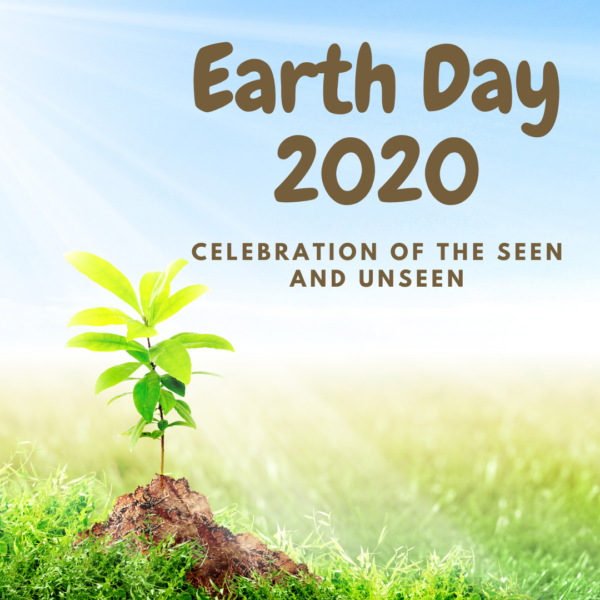
It is quite auspicious that we are celebrating Earth Day 2020 during this time of Covid-19 quarantine. For who can deny that our great planet earth has blossomed with joyous vitality because of less toxic activity on land, in the air and in the waters. Animals are rediscovering the freedom of exploring territories that pose no threat. Even the Elementals are more in harmony as they perform their tasks on behalf of man and the planet.
The concept of Elementals or Nature Spirits has been around since the Earth began. They are believed to be the fundamental building blocks of nature, and are classified as follows:
Gnomes are portly little nature spirits that tend the Earth throughout the four seasons. They are responsible to make sure all living creatures are supplied with their daily needs.
Undines are the delicate guardians of the waters. They control tides and weather conditions to ensure the Earth is provided with the variables it needs to sustain life. Undines also dwell around ponds and lakes.
Sylphs are in charge of the air. Ethereal in nature, they swiftly travel over land and sea, purifying the atmosphere for all living things.
Perhaps least understood of the 4 Elementals are the Salamanders. These powerful nature spirits use the fires of creation to infuse molecules of matter in both organic and inorganic life, so that life can flourish.
Clearly, Earth is thriving due to less environmental damage and the efforts of the Elementals who work tirelessly to sustain the miracle of life for us and our beautiful planet. When we go back to our new ‘normal’ will we learn to tread the Earth with more gentility, respect and awareness? Will we be kinder to each other and other species? Will we create a simpler life where basic needs are based on needs, and less on wants? And most importantly, will we take the necessary actions to safeguard nature to ensure a future for ourselves and generations to come? What better gifts could we give to Mother Earth, and what better gift could we give to ourselves? Happy Earth Day 2020!
We are all being called to do extraordinary things for the collective caring of our families, communities and the world in response to the unique coronavirus pandemic. Whether home bound or providing critical services, everyone is stretched to adapt like never before. All of us are in this together. Now more than ever, caring is what we need most. Caring for our self. Caring for others around us. Life is going to require new routines, resilience and compassion. We invite you to join us in creating a caring movement to respond to local needs.
Would you like to read more about UCA caring resources and products? We have other blogs on Unified Caring Association and our products, caring in our communities, and caring the UCA way!




















